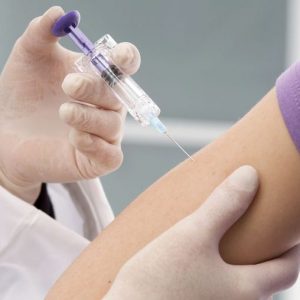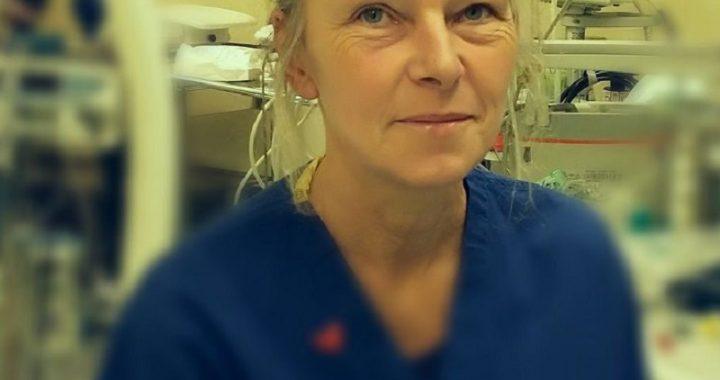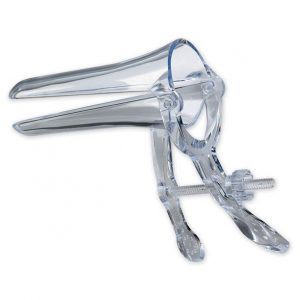Guest blogger Tracie Miles busts some myths on cervical screening
During January, we all tend to make resolutions to turn over a new leaf – many geared towards healthy eating or doing more exercise. But at The Eve Appeal, we wonder how many resolutions are made to stay on top of those vital health check-ups? If you’ve got a dentist check-up overdue by 6 months, it may be worth getting booked in- remember, problems caught early can mean painless treatment!
But what about getting the invitation to attend your next cervical screening appointment? Some women find this daunting and might be worried it will hurt or be uncomfortable, especially if they’re experiencing vaginal dryness. We’ve heard in the Eve offices that women have put off going to their cervical screenings due to a lack of time or being busy with day-to-day life. Even more worrying is that some women feel too embarrassed to go. This is typical of what we health professionals term a “smear avoider“ as was described in a report by Jo’s Trust earlier this week.
Why is cervical screening so important?
We have a very successful prevention programme in the UK. We know that the 6 out of 10 women who have their cancer diagnosed through attending the cervical screening stand a very good chance of being treated successfully. And this is exactly what the cervical screening programme is designed to do. Pick up changes on the surface of the cervix (known as pre – cancerous changes) early enough so that the cancer can be treated.
What is HPV and how does it relate to cervical cancer?
The screening process has improved in the last few years, simply because we know that the vast majority of cervical cancers develop in response to exposure to the Human Papilloma Virus (HPV) – a sexually transmitted infection caused by skin-to-skin contact. Don’t worry ladies, most of us will develop this in our lifetime, but our immune system often clears this up by itself.
If pre–cancerous changes are found, a second test is performed on that sample to look for traces of HPV. If the women is HPV positive, both tests are re–run on the next check-up. So not only do we ensure your cervix cells have returned to normal, we also check that your body’s immune system has cleared the HPV virus. This process is known as “test of cure” – a curious term, especially as it is curing a cancer before you’ve developed it!
Calling all mums and dads!

So, let’s talk about the actual procedure, and try and bust some myths…
In reality, the whole appointment should take around 10 minutes. If you need more time to relax because you are nervous, do tell the nurse / doctor how you’re feeling.
You’ll be asked to undress from the waist down, then to lay down on a couch. Don’t worry, they will cover your lap with a sheet or towel. A speculum is gently inserted into your vagina to enable the nurse to see your cervix. A soft plastic brush is then used to wipe up some cervix cells that are then put in a pot and sent away for testing. That’s it – smear done!
Top Tips
Speculums come in different sizes – after all, women come in all different sizes too! So if it feels uncomfortable, don’t be afraid to say so and ask for a smaller size.
Gentle lubricants like Sylk can help with inserting the speculum if you are experiencing vaginal dryness. As long as it’s not placed on the tip of the speculum where it can contaminate the specimen being taken, it should help you to feel a bit more comfortable. Talk to your nurse or doctor for advice.






